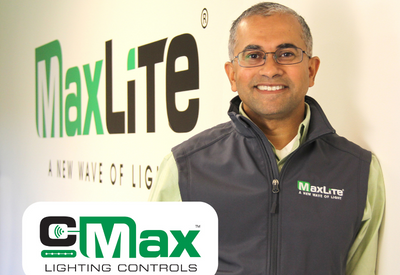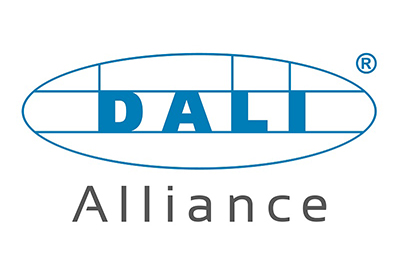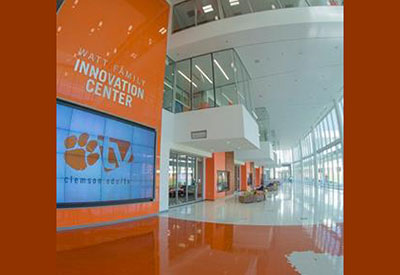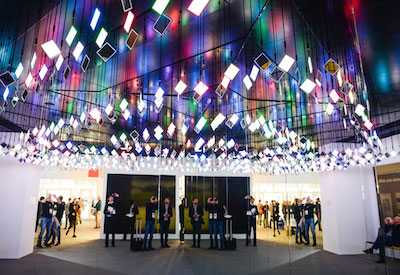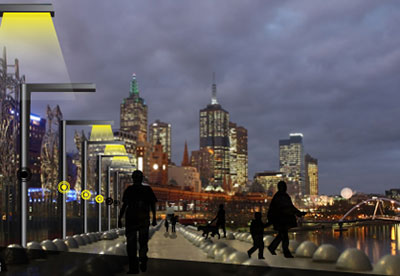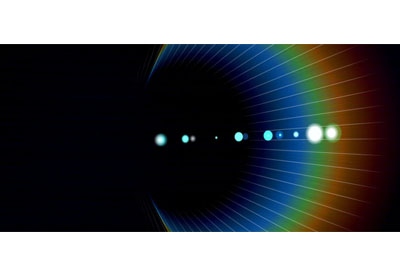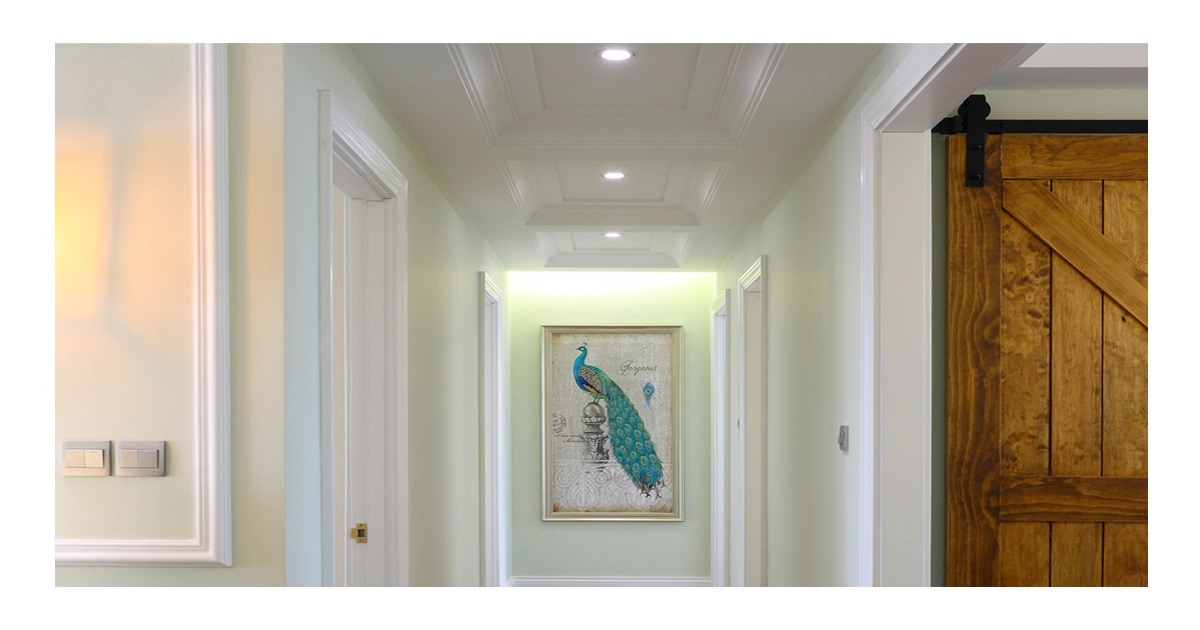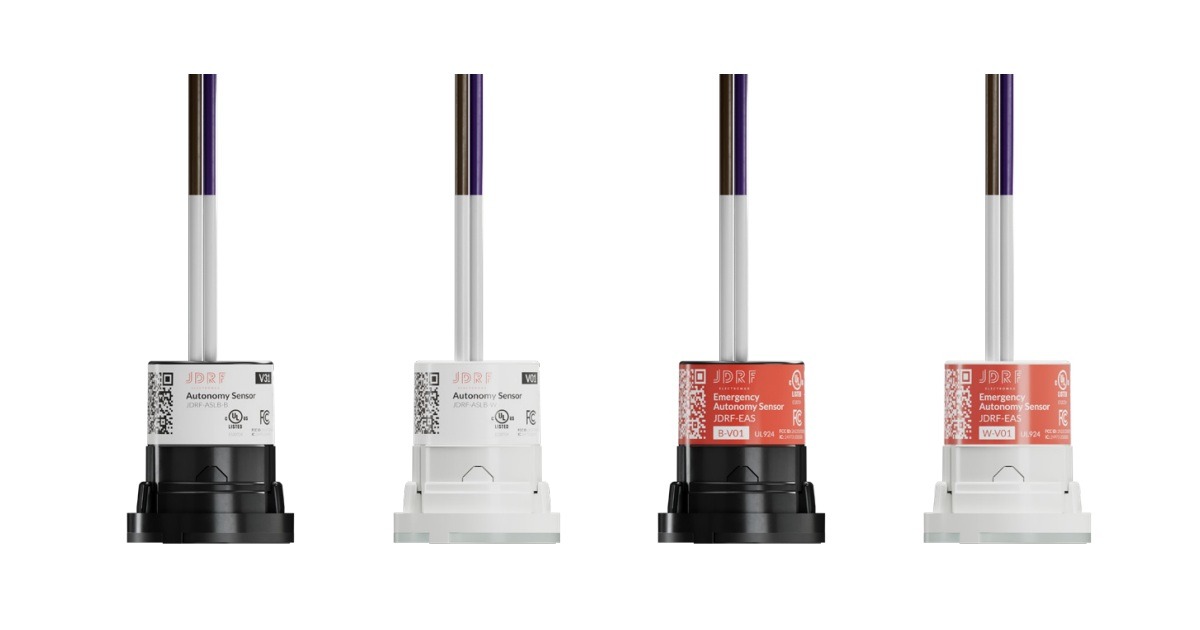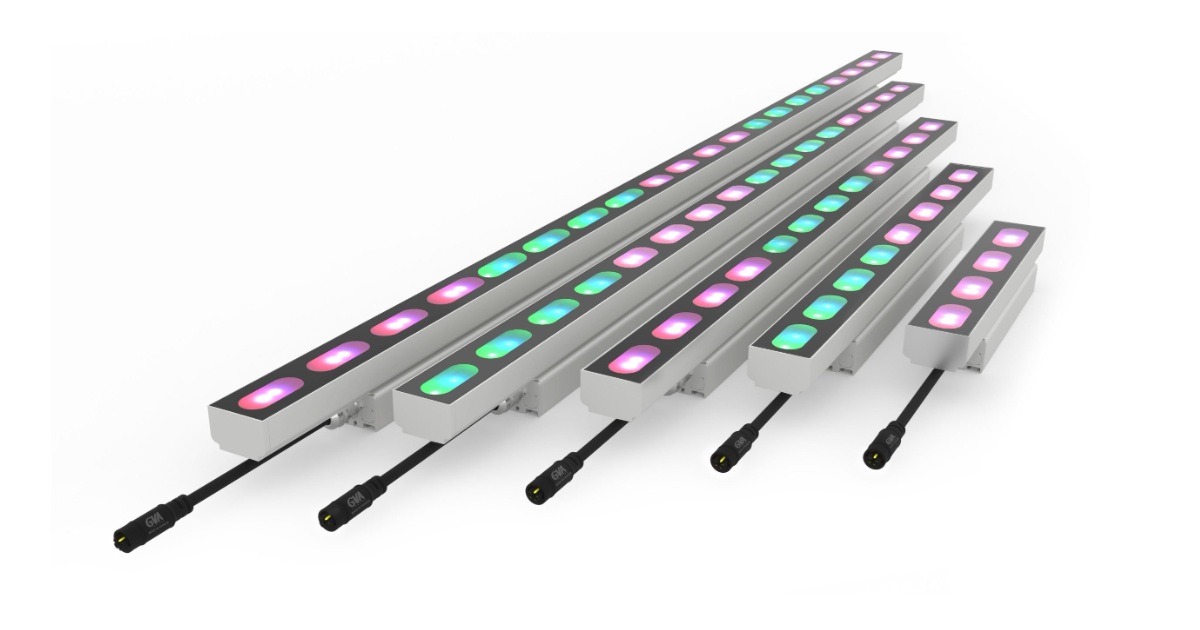West Edmonton Mall Reduces Parking Lot Lighting Costs by 70%
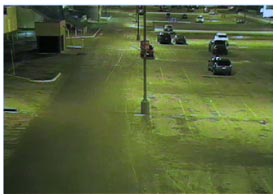
Dec 8 2015
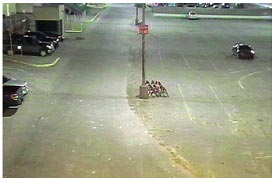 |
PHOTOS: L-R: Original lighting (400W High Pressure Sodium) and new lighting (120W LED – 100%)
At just under 6 million square feet, West Edmonton Mall is the size of a small city. It’s home to more than 800 stores and services, including 10 world-class attractions, two hotels, and over 100 dining venues. The mall receives almost 31 million visitors annually, making it the province’s number-one tourist attraction.
Saving electricity has been a focus of the West Edmonton Mall since 1985, when it invested $50,000 in lighting controls, such as timers and timed bypass systems on all after-hour lights. Since then, it has continued to adopt energy savings by keeping up with advances in lighting technology. In 1988, it replaced 40-watt fluorescent bulbs with 32-watt miser lamps throughout all common areas, equipment and maintenance rooms and the basement. These 2000 tubes saved 140 160 kWh, or 505 GJ, per year. Converting incandescent pot lights to compact fluorescent floodlights wherever possible saved another 65 700 kWh, or 236 GJ, per year.
“We wanted to change over as soon as the industry came out with lower-watt bulbs, but they cost more,” says Kevin Hanson, Director of Operations. “Because we’re a big consumer, we were able to negotiate to get them at the same price as the 40-watt bulbs.
Two years later, Hanson and his team were at it again, removing every second general light fixture in the mall’s World Waterpark. Removing 50 of its 1000-watt fixtures saved 219 000 kWh, or 788 GJ, per year. Removing every second fixture in areas where lighting was over-designed, such as in rear corridors, saved another 70,080 kWh, or 252 GJ.
In 1999, the West Edmonton Mall retrofitted all fluorescent lighting throughout the facility, including tenant space, at a cost of $826,000. Upgrading over 50,000 T-8 lamps and about 17,000 electronic ballasts led to energy savings of 7 ,802,842 kWh, or 28,090 GJ, per year. An upside to the retrofit was that all the light fixtures were cleaned at the same time, so the lower-watt lamps did not appear any dimmer.
Most recently, the mall has upgraded lighting in its extensive parking lot. The lot has parking for more than 20,000 vehicles. Prior to conversion, the site consumed 1500 KWH per day with a peak demand of 80KW. After conversion the daily consumption dropped to 470 KWH and a daily peak of 24KW. The net result: >70% reduction in operating cost.
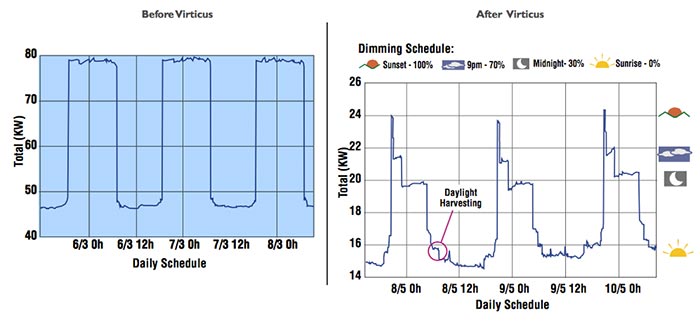
Installation summary
• Number of Fixtures: 412
• Number of controllers: 106
• Number of Zones: 4
• Types of lights: 120W LED
• Ballast: Dimmable 0-10V
• Peak power consumption: 24.0KW
• Avg. Daily Power Consumption: 470 KWh (using Virticus controls)
• Energy Consumption & Savings per year:
o Old System: 547,500 KWh/year
o New System: 171,550 KWh/year Savings today: $45,047/year
o Savings expected by 2017: $67,502/year
• Payback period for controls (before rebates & incentives): <10 months
Sources: Natural Resources Canada, www.nrcan.gc.ca/energy/publications/efficiency/buildings/5935 and LDS Industries, www.lsi-industries.com/documents/case-studies/West Edmonton Mall-casestudy.pdf

